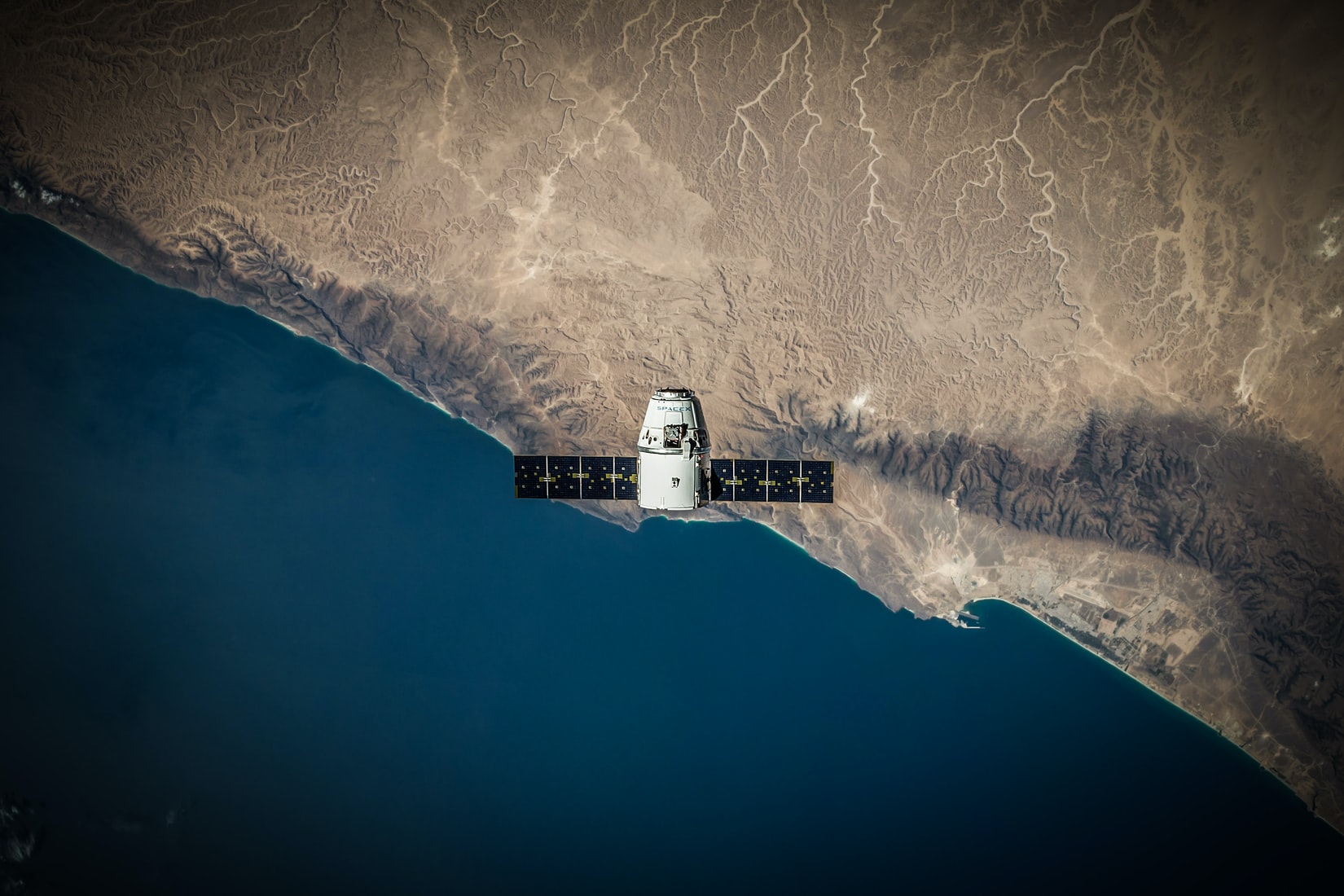How would you assess a business idea involving complex supply chains, and ensure the best decisions for the business’ early stage growth phase? Leveraging our knack for multimethodology, Sensonomic recently provided clients with essential resource mapping and supplier market information. This helped establish robust and evidence based operations.
Found in everything from chocolate to hair treatment, the shea fruit might not be a household name. It certainly is a household commodity, though. Being the fruit of a wild growing tree on the edges of the Sahara desert makes it an interesting challenge for supply chain architects. In Sensonomic’s efforts to map this elusive nut, we’ve drawn on our experiences from refining large amounts of data into actionable insights.
Artists know that if you want to create a realistic representation, you will have to do ample studies of the subject. In other words, drawing is inseparable from seeing. We have found this true also for agricultural modelling. By building models we help clients discover insights about their crops, logistics and processing. With computational simulations we test decisions to increase margins and accelerate growth. Fundamental to this is data, and to arrive at the full picture all sorts of data are needed.
Sensonomic was tasked with resource identification and business infrastructure localisation. We set out viewing this as a pretty standard remote sensing task, utilising high resolution satellite imagery combined with machine learning. Early on it became apparent that separating fruit bearing trees from other trees is difficult. It’s also little use locating trees that will never be harvested from. Thus started a parallel effort to map out local collector groups, and to try to learn from their insights.
Combining satellite insights with local knowledge is a powerful tool. Sharing a bird’s-eye view of their crops, from season to season, including near-real time data, was enriching for local collectors. Adding crop understandings from local experts, systemic knowledge from national experts, and data from a wealth of open sources, we had surrounded ourselves with thoroughly mixed data. The process of extracting insights from data is a delicate one. We always need to strike the right balance between keeping the essentials whilst removing noise.
This is where the revelatory and storytelling power of geostatistics comes in. Through mapping everything out, overlaying and inferring key variables, heterogeneous learnings are collated and multiple insights are presented as one. This gives our client not only an easy-to-comprehend version of a complex system, but also the ability to proceed on their own. We built the architecture of a Geographic Information System for their business, which seamlessly feeds into their Decision Management Software. We provided overviews of collector groups, available resources in the present and the future, the distribution of support programs, recommendations for where to locate processing centers, storage sites and transport routes.
Maps make complex information easy to understand. Providing data and the tools to explore them further empower users. The experience has been useful to remind us that it’s not just us who rely on different sorts of information in order to make the best possible decisions for agricultural businesses. All agricultural operations can benefit from the process of collecting and analysing advanced geospatial information. It is simply part of the set of best practices for investment decisions and business modelling. Integrating regular updates to continuously evaluate operations generates a competitive advantage.
Comments are closed.



Recent Comments